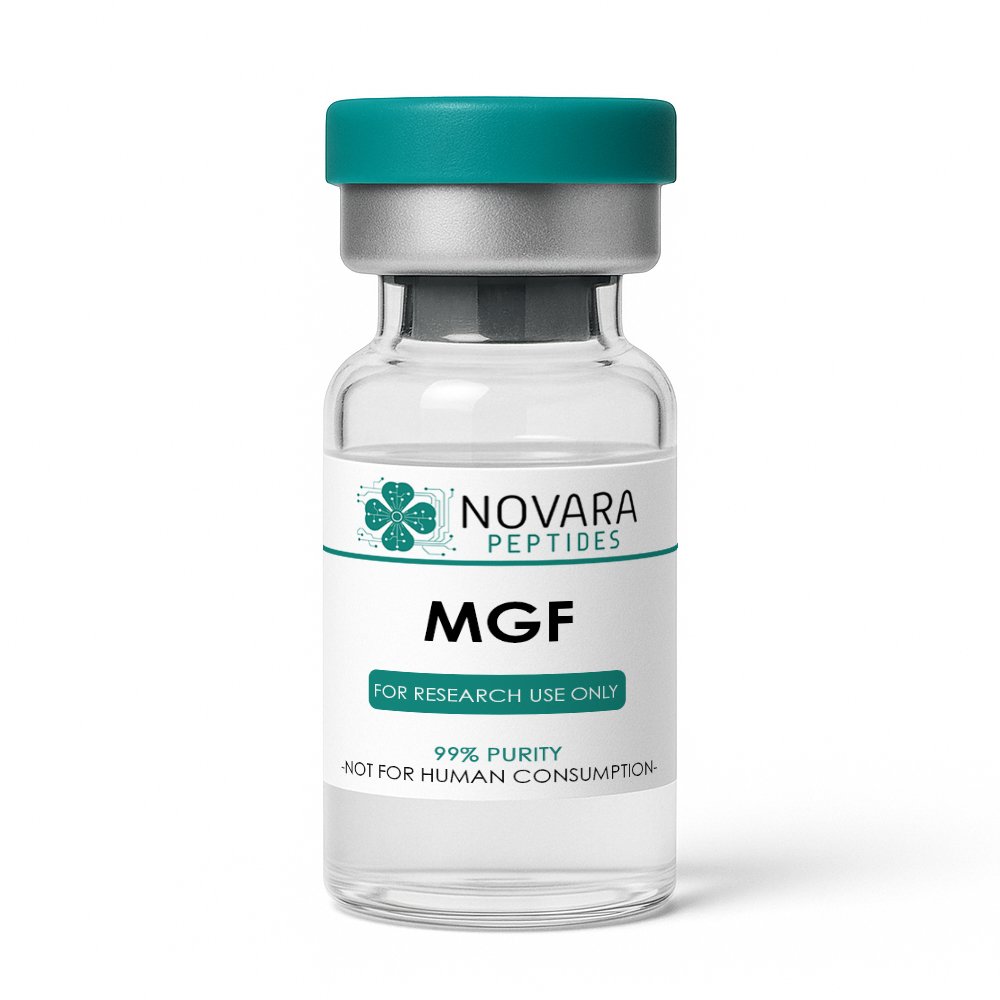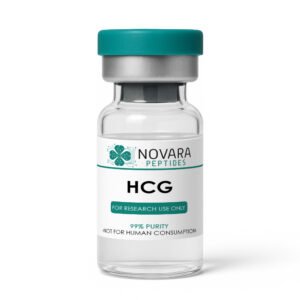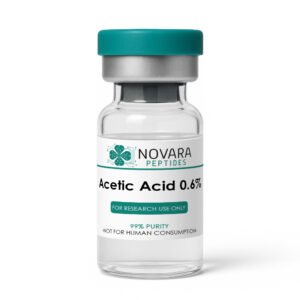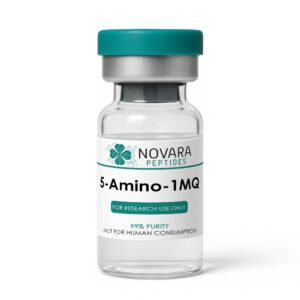MGF – 2mg
All products are for laboratory research purposes only. Not for human consumption, medical, or veterinary use. ION Peptides does not condone or support the use of peptides outside of controlled scientific research. By purchasing, you acknowledge that you are a qualified researcher or institution. You must be 21 or older.




MGF (Mechano Growth Factor)
Research-Grade IGF-1 Isoform
Tagline: Muscle Growth & Repair Research
Product Description
MGF (Mechano Growth Factor) is a splice variant of IGF-1 (Insulin-Like Growth Factor-1) expressed locally in skeletal muscle following mechanical overload or injury. MGF is a potent stimulator of satellite cell activation and muscle regeneration.
Researchers use MGF in studies of muscle hypertrophy, injury repair, regenerative medicine, and age-related muscle decline. Its short half-life provides insight into localized, transient IGF-1 signaling events.
For Laboratory and Scientific Research Use Only. Not for Human Consumption.
Why Researchers Choose MGF
Endogenous IGF-1 Isoform: Allows modeling of natural muscle repair processes.
Muscle-Specific Expression: Studied as a locally acting growth factor for hypertrophy.
Satellite Cell Activation: Key regulator of myoblast proliferation and differentiation.
Short Half-Life: Enables research on transient anabolic signaling.
Batch Verified: ≥98% purity, HPLC and MS-tested for consistency.
Important Note
For laboratory and scientific research only. Not for human consumption, therapeutic, or diagnostic use.
| Chemical Formula | C₁₂₁H₂₀₀N₄₂O₃₉S |
| Molecular Mass | ~2888 Da |
| CAS Number | Not assigned (splice variant peptide) |
| Form | Lyophilized peptide powder |
| Shelf Life | 24 months (lyophilized) |
| Intended Use | For preclinical and in vitro research only |
| Storage | -20 °C (dry powder), -80 °C (after reconstitution) |
Research Applications
Muscle Hypertrophy Studies
MGF expression is upregulated following mechanical overload, promoting local muscle growth and hypertrophy [1].
Injury Repair Models
Shown to stimulate satellite cell proliferation and accelerate repair after muscle injury [2].
Age-Related Muscle Loss Research
MGF levels decline with age; supplementation is used in models to investigate sarcopenia reversal [3].
Regenerative Medicine Applications
Explored for its potential to enhance muscle regeneration in degenerative diseases [4].
References
Goldspink G (2005). Mechanical Signals, IGF-1 Isoforms, and Muscle Growth. J Appl Physiol.
https://journals.physiology.org/doi/epdf/10.1152/physiol.00004.2005Hill M et al. (2003). MGF Expression and Muscle Repair Following Injury. J Physiol.
https://www.physoc.org/magazine-articles/mgf-a-local-growth-factor-or-a-local-tissue-repair-factor/Owino V et al. (2001). IGF-1 Isoforms and Age-Related Muscle Loss. FASEB J.
https://www.sciencedirect.com/science/article/pii/S0014579301028253McKay BR et al. (2008). Synergistic Effects of IGF-1 and MGF on Muscle Cells. Am J Physiol Cell Physiol.
https://link.springer.com/chapter/10.1007/978-3-319-27511-6_2
Mechanism of Action (How MGF Works)
Local IGF-1 Splice Variant: Expressed rapidly in muscle after mechanical load, acting as an autocrine/paracrine growth signal [Goldspink 2005].
Satellite Cell Recruitment: Stimulates satellite cell proliferation and differentiation, aiding muscle regeneration [Hill 2003].
Transient Anabolic Signaling: Short half-life allows for rapid, localized muscle adaptation without systemic effects [Owino 2001].
Synergy with IGF-1Ea: Works with other IGF-1 isoforms to complete the hypertrophic response [McKay 2008].
References
Goldspink G (2005). Mechanical Signals, IGF-1 Isoforms, and Muscle Growth. J Appl Physiol.
https://journals.physiology.org/doi/epdf/10.1152/physiol.00004.2005Hill M et al. (2003). MGF Expression and Muscle Repair Following Injury. J Physiol.
https://www.physoc.org/magazine-articles/mgf-a-local-growth-factor-or-a-local-tissue-repair-factor/Owino V et al. (2001). IGF-1 Isoforms and Age-Related Muscle Loss. FASEB J.
https://www.sciencedirect.com/science/article/pii/S0014579301028253McKay BR et al. (2008). Synergistic Effects of IGF-1 and MGF on Muscle Cells. Am J Physiol Cell Physiol.
https://link.springer.com/chapter/10.1007/978-3-319-27511-6_2
Related products
-
5-Amino-1MQ
$ 35.00 – $ 115.00Price range: $ 35.00 through $ 115.00 Select options This product has multiple variants. The options may be chosen on the product page





